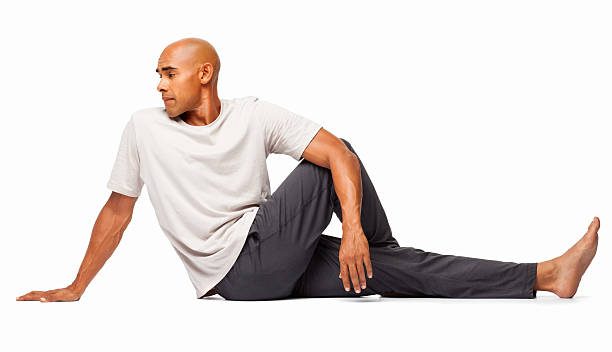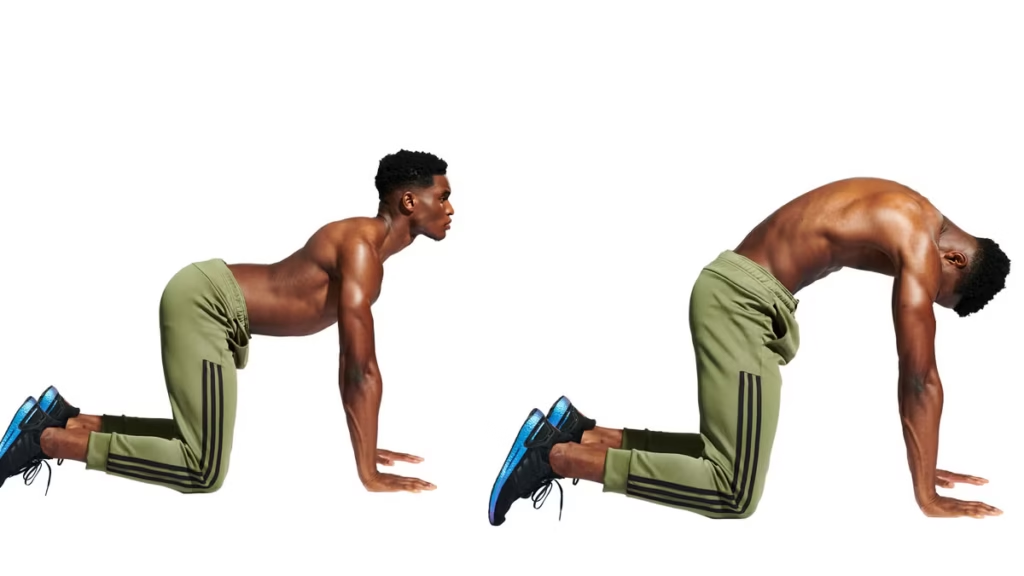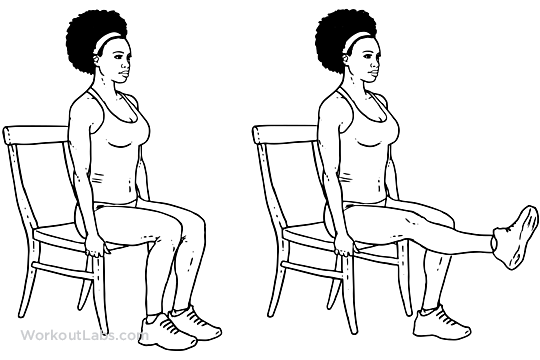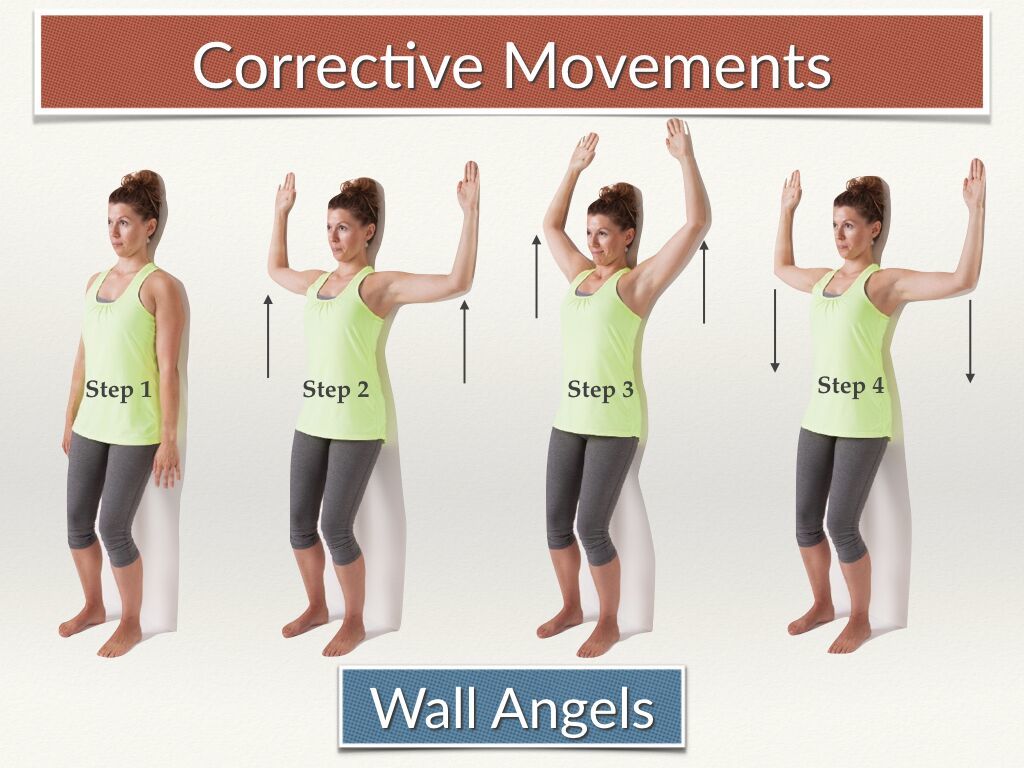
Most office workers suffer from back pain which is one of the biggest problems arising from their long-time sitting at the desk. Keeping a bad posture, no sports control, and long sitting can result in back pain and a feeling of stiffness, and concentration at the desk will be hindered. However, that is not a big deal! There are really simple and effective exercises you can do at your desk or at your office that will reduce back pain, help you with your posture, and make you feel more comfortable.
In this article we will look at some practical exercises to help with back pain in desk workers. Besides having no special equipment needed (no need to leave your workspace), there are few parts that need to be practiced during short breaks like the standing. And because you can incorporate these movements in your daily routine you will be able to improve your spinal health and prevent long term health problems.
Why Does Back Pain Occur at Work?
Basically, before you can really start doing the exercises, you need to understand why back pain is so common among office workers:
- Long term sitting: Improper posture puts unnecessary stress on the spine and the muscle of the back and surrounding area when sitting. When sitting the spine is compressed which can cause muscle soreness and pain.
- Poor posture: Slouching or hunching over a computer screen can result in dis-alignment of the spine. Repeated pressure on the lower back, shoulders and neck from this type of posture may cause tension.
- Lack of movement: Inability to move the body and reduce blood flow and muscle activation during prolonged stagnation can lead to stiffness and pain in the back and hips.
Some back – pain- relieving and easy exercises to include in your workday. To, reduce your chances of developing chronic back pain – here are some simple and effective exercises to help relieve your back pain.
- Seated Spinal Twist

Why It works: The seated spinal twist is one of the best exercises to increase flexibility and mobility in your spine. It can help to release tension in the back and can help relieve stiffness of your sitting posture.
How to perform:
- Sit up straight in the chair with the feet flat on the floor and knees bent at a 90 degree angle.
- Place your right hand on the back of the chair and try to gently turn your torso in a right direction. Keep your hips facing forward.
- Hold the position for 15-30 seconds while breathing deeply.
- Return to the center, then repeat on the left side.
Tip: Don’t twist too hard at first or in a sudden way. Just move at a slow and controlled pace.
- Cat-Cow Stretch

Why It works: This stretch helps to release tension from the upper and lower back while also making the spine more flexible. It ‘s great for improving your posture and preventing you from slouching at your desk.
How to perform:
- Sit up straight in the chair with your hands by your knees.
- Inhale as you bend forward with your back arching and the chest rising slightly (Cow position).
- Exhale as you round your back and tuck your chin into your chest (cat position).
- Try that motion for 10-15 breaths and not necessarily in a slouch between the two positions.
Tip: Focus on the motion of the stretch. If possible work your abdominal muscles to help support the movement.
- Seated Leg Extensions

Why It Works: Work outs the muscles in your legs and back to stimulate blood flow and improve stiffness. Also gets the heart pumping which helps with support of back.
How to perform:
- Sit at the edge of the chair with your back straight and feet flat on the floor.
- Slowly straighten your right leg out in front of you holding it there for a few seconds.
- Lower the leg and repeat with your left leg.
- Perform 10-15 repetitions on each leg.
Tip: Try to keep your back straight when doing this exercise so that you don’t strain your lower back.
- Standing Backbend

Why It works: The standing backbend also relaxes the front of the body and opens up the chest and hips while loosening up the lower back. Helps relieve the effects of hunched over a desk.
How to perform:
- Stand with your feet hip – width apart and your hands on your hips / lower back.
- Take a deep breath and gently tilt your back forward with your spine arching up and your chest reaching up.
- Hold the position for 5-10 seconds, then return to standing.
- Repeat the backbend 5-10 times.
Tip: Don’t over-arch your back—this should feel like a gentle stretch, not a deep bend. Keep your abdominal muscles engaged for added support.
- Chin Tucks

Why It works: The simple exercise of chin tucks may seem almost too easy to be effective, yet this exercise is probably the best one in case your neck is not in the best position and you have pain in the upper back. The exercise not only enables you to readjust your head’s position, but it also contributes to the wellbeing of your upper back.
How to perform:
- Sit or stand with your back straight and shoulders relaxed.
- Gently tuck your chin toward your chest, as if creating a double chin.
- Hold for 5 seconds, then return to the starting position.
- Repeat 10-15 times.
Tip: Remember to move your head slowly and smoothly in a controlled motion and do not droop or spread your shoulders while doing the exercise.
- Hip Flexor Stretch

Why It works: When you spend hours sitting, there is a tendency for your hip flexors to be shortened and tight, constituting the basis for the appearance of low-back pain. Stretching the hip flexors is therefore a beneficial way to get rid of low-back discomfort through the release of the muscles.
How to perform:
- Stand with one foot forward and the other leg extended behind you, creating a 90-degree angle with your front knee.
- Gently push your hips forward while keeping your chest upright.
- Hold the stretch for 20-30 seconds, then switch sides.
Tip: While performing the stretch, concentrate on activating your core. Only in this way can you ensure the protection of your lower back.
- Wall Angels

Why It works: Wall angels are the go-to exercise for enhancing posture and the strengthening of upper back muscles. This one is good for office workers with frequent shoulder blades and upper spine tension.
How to perform:
- Place your back against the wall and stand with your feet about six inches away from the wall.
- Make sure your lower back, upper back, and head are in contact with the wall.
- Make a right angle with your hands that stay on the wall and lift your elbows and the backs of your hands to the wall.
- Gradually slide your arms up and down the wall without losing touch with the wall throughout the movement.
- Repeat 10-15 times.
Tip: At a slow pace, maintain your control and make sure that you move in contact with the wall.
- Standing Forward Bend

Why It works: Stretching the hamstrings and the lower back is the kind of things that the standing forward bend is good for. The lower circulation in the body caused by long sitting hours can also be improved with the exercise in addition to the flexibility that the spine gets.
How to perform:
- Stand with feet hip-distance apart, knees slightly bent.
- Start to fold yourself forward at the hips, gradually reaching the floor.
- Relax the head and neck and maintain the position for 15-30 seconds.
- With no sudden moves, slowly stand up from the forward bend.
Tip: In case you are not able to do so, you can reach your hands to your thighs or your chair’s edge so that you can get the needed support.
Conclusion
Involving simple exercises mentioned in your workday can surely make a positive impact on your comfort, health, and productivity. In the case of standing up and stretching for a few minutes a couple of times each day, you can certainly remove the back pain which, in turn, can help you ease realign your toning and prevent the potential lower spine troubles.
Out of these options, people can choose activities that do not demand a lot of time and equipment so they can be comfortably incorporated into daily life.
Having a stern mind about one’s endeavors is of great importance. Try to make these little training sessions a daily ritual so that you manage to keep your muscles working, your spine straight, and your back free from aches. In addition to exercising, observe good ergonomics, which also means changing your chair, monitor, and desk heights.
Once you put your efforts into looking after your back, you will not only not be exhausted but also be lively, ready for work and also at ease. The next time you experience chronic pain, use your break for these suggested exercises, it is the best way out and it is an excellent method. Reward your back with the gift of care.
For further more information you may visit: 19 Exercises to Relieve Upper Back Pain, Neck Pain, and More
You can Also Watch:

Nyc Article
Nyc Article write